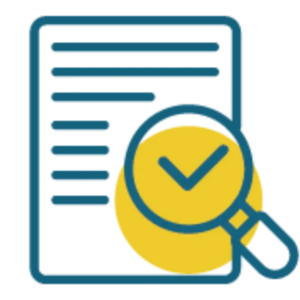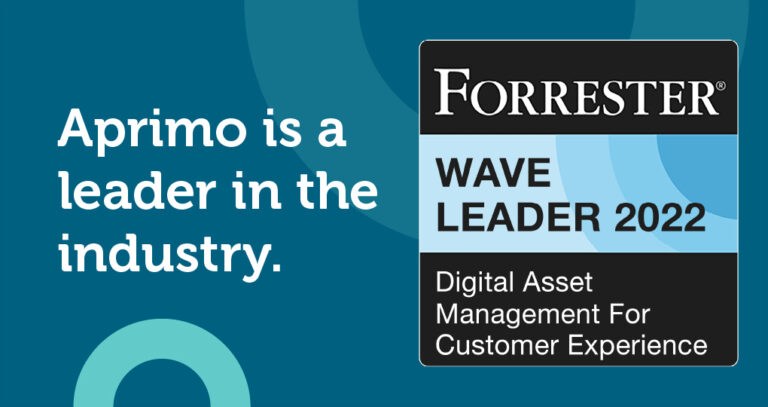The Power of DAM for Travel and Hospitality


What Is DAM in the Travel and Hospitality Industry?
DAM, or digital asset management, involves properly organizing and disseminating digital assets like photos, videos, graphics, documents, and more. In the travel and hospitality industry, this encompasses destination and stock photos and video clips, as well as content like social media posts, digital advertising, and email images and graphics. Sales collateral like brochures or one-pagers in their digital form would also fall under the category of digital assets.
Improperly organized digital assets can lead to campaigns that take longer to get to market, potentially inconsistent branding across campaigns and channels, and clunky workflows for collaborating on, approving, and distributing content. Poor asset management on user-facing platforms like a website can cause frustration for visitors, disrupting their buyer’s journey.
In travel and hospitality specifically, having a short lead time for campaigns allows brands to capitalize on seasonal promotions, which are crucial for the industry. Seasonal marketing can entice travelers to rethink their destination during an uncommon time of year to visit, highlight travel-worthy events that boost tourism, and show off seasonal changes in the surrounding landscapes to attract more sightseers.
Benefits of DAM for Travel and Hospitality

Streamlining Content Management
Hotel chains, airlines, and travel agencies can use DAM to empower team members and affiliates to access approved assets whenever needed. A consistent tagging system and organizing content, especially when automated, offers powerful time-saving benefits for both teams and stakeholders in approving and using digital content.

Ensuring Brand Consistency
Robust DAM ensures marketers and other staff always work with and distribute brand-safe marketing materials. Having the most up-to-date brand guidelines and standards in one easy-to-find place keeps designers, writers, marketers, advertisers, and other key team members on the same page when delivering consistent visuals and messaging to the right segments.

Enhancing Operational Efficiency
For busy professionals in the travel and hospitality industry like tour operators, making, finding, and using content in a messy, makeshift DAM system wastes valuable time you could spend on other profit-producing activities. Putting consistent and automated systems in place for identifying, organizing, and searching for content with AI cuts down on time spent by both leaders and employees, getting them back out into the field sooner.
Challenges in Managing Digital Assets
Travel and hospitality brands often deal with a vast array of visual content. The sheer volume of images, videos, and graphics handled by different teams and employees can make it difficult to store assets in one place accessible to everyone who needs them without running into duplicates and missing metadata.
In addition to using their own images and videos, businesses in this industry are likely to use stock images and images captured by visitors. This can create complexity when ensuring copyright compliance for photography and media assets in marketing.
Another common challenge travel and hospitality marketers face is maintaining consistency across diverse platforms. Branding is a powerful tool for connecting with travelers and familiarizing them with your business. Marketers can only fully leverage brand recognizability through consistent imagery and messaging.


Implementing DAM for Industry Success
Through efficient DAM software, especially software that uses AI to automate the organization of assets, hotels, airlines, and travel agencies can realize improved content search and retrieval. Integrating a DAM system with a CRM allows travel companies to create seamless customer experiences on their websites while improving processes for finding and using content on the back end.
For enterprise travel and hospitality brands, an essential aspect of effective DAM is that it fosters efficient collaboration among geographically dispersed teams. Implementing functional DAM tools and strategies also helps brands save on costs through optimized resource utilization. It’s easy to repurpose approved content in highly targeted, omnichannel marketing campaigns.
Key Features of DAM Systems
A variety of DAM features help improve marketing workflows and content quality management in the travel and hospitality industry. For instance, marketers can tag metadata for hotel images, travel brochures, and flight videos for easy access to relevant assets.
Marketers can employ version control for tour itineraries and event schedules to keep staff and customers updated when implementing changes. Leaders can also use DAM to manage user access to safeguard sensitive customer data like personal and financial information.

Frequently Asked Questions
How Does DAM Improve Guest Experiences in Hotels?
By quickly accessing relevant digital assets when needed, hoteliers can create custom materials personalized to guests’ needs, like custom maps highlighting attractions in the area that they may find interesting. Dependable branding also creates consistent experiences for guests in their interactions with your company, both online and in person, increasing brand memorability and loyalty.
Can DAM Streamline Ticket Booking Processes for Airlines?
Having access to an extensive library of assets powered by AI can help airlines create and recommend personalized content that directs travelers to the flights they are searching for faster. Intelligent ticketing processes can also determine which additional services to recommend to flyers.
What Security Measures Are Essential for Safeguarding Traveler Data?
To curate more individualized customer experiences, travel and hospitality companies collect and store more specific and sensitive traveler data. A powerful DAM system can safeguard your digital assets by creating a unified, secured platform for your data. Travel companies must stay on top of data security rules and standards as they change. In doing so, they implement travel and tourism cybersecurity compliance measures for secure online booking, payment, and profile information.




